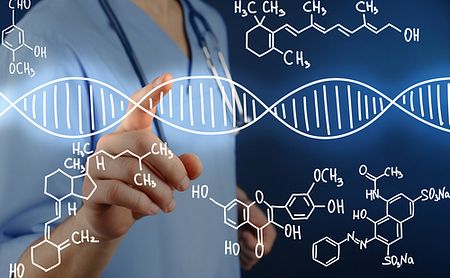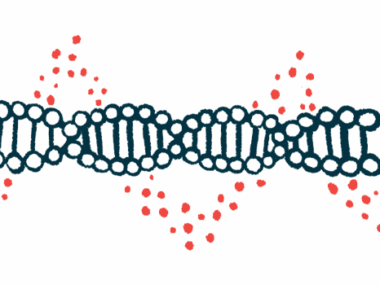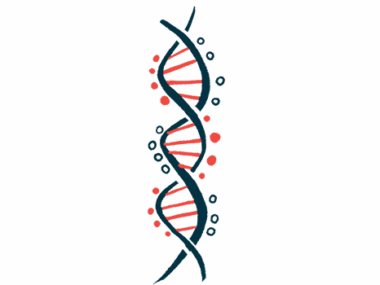EDS-related Gene Variants Found to Play Role in Eye Disorder
Written by |

Genes involved in Ehlers-Danlos syndrome (EDS) appear to play a role in keratoconus (KC) — a thinning of the eye’s cornea.
This finding, from a recent study, is the first to demonstrate shared genetic variations between the two disorders although their association has been suggested.
The study, “Resequencing of candidate genes for Keratoconus reveals a role for Ehlers–Danlos Syndrome genes,” was published in the European Journal of Human Genetics.
KC occurs when the cornea — the outer layer of the eye covering the pupil — grows thin and adopts an increasingly conical shape. The disorder involves defects in collagen, similar to EDS, and the EDS- and collagen-related genes COL5A1 and ZNF469 have been implicated in KC.
In fact, mutations in ZNF469 are known to cause brittle cornea syndrome, a subtype of EDS.
Despite these genes’ association with KC, their exact role in the disorder is unknown. To get a clearer picture, a team of scientists from Belgium, France, Italy, and the Netherlands looked for variations in these and 32 other genes suspected of playing a role in KC.
The team evaluated the rate of genetic variation — alterations in DNA — in these genes among 745 KC patients and 810 ethnically matched controls.
The researchers discovered significant associations between KC and variants in COL5A1 and ZNF469, as well as in two other EDS-associated genes — COL12A1 and TNXB — and in COL2A1, which provides instructions for making one component of type II collagen.
Five variants of COL5A1 were more frequent in participants with KC than in the controls. Mutations in this gene can lead to classical EDS but none have been previously described in KC. Although the variants are located in gene regions that do not code for the resulting protein, playing a causative role in the disorder “is not unlikely,” the researchers wrote.
They found a consistent association between KC susceptibility and ZNF469 variants, although no single variant showed a significant correlation to the disorder on its own.
Changes the TNXB gene, which encodes the collagen-supporting tenascin-X protein, associated with KC, and the team found evidence that rare variants in this gene are risk factors for the disorder.
Certain mutations in TNXB cause classical-like EDS but no involvement with KC had yet been reported.
The strongest single variant appeared in COL12A1, which is active in the cornea and interacts with TNXB. Mutations in COL12A1 are known to cause myopathic EDS.
As for the newly reported involvement of COL2A1 in KC, the scientists said that the disease-causing effect of its variants remain unclear.
“Though the co-occurrence of KC and EDS has been reported previously,” the investigators wrote, “this study is the first to demonstrate a consistent role of genetic variants in EDS genes in the etiology [cause] of KC.”





